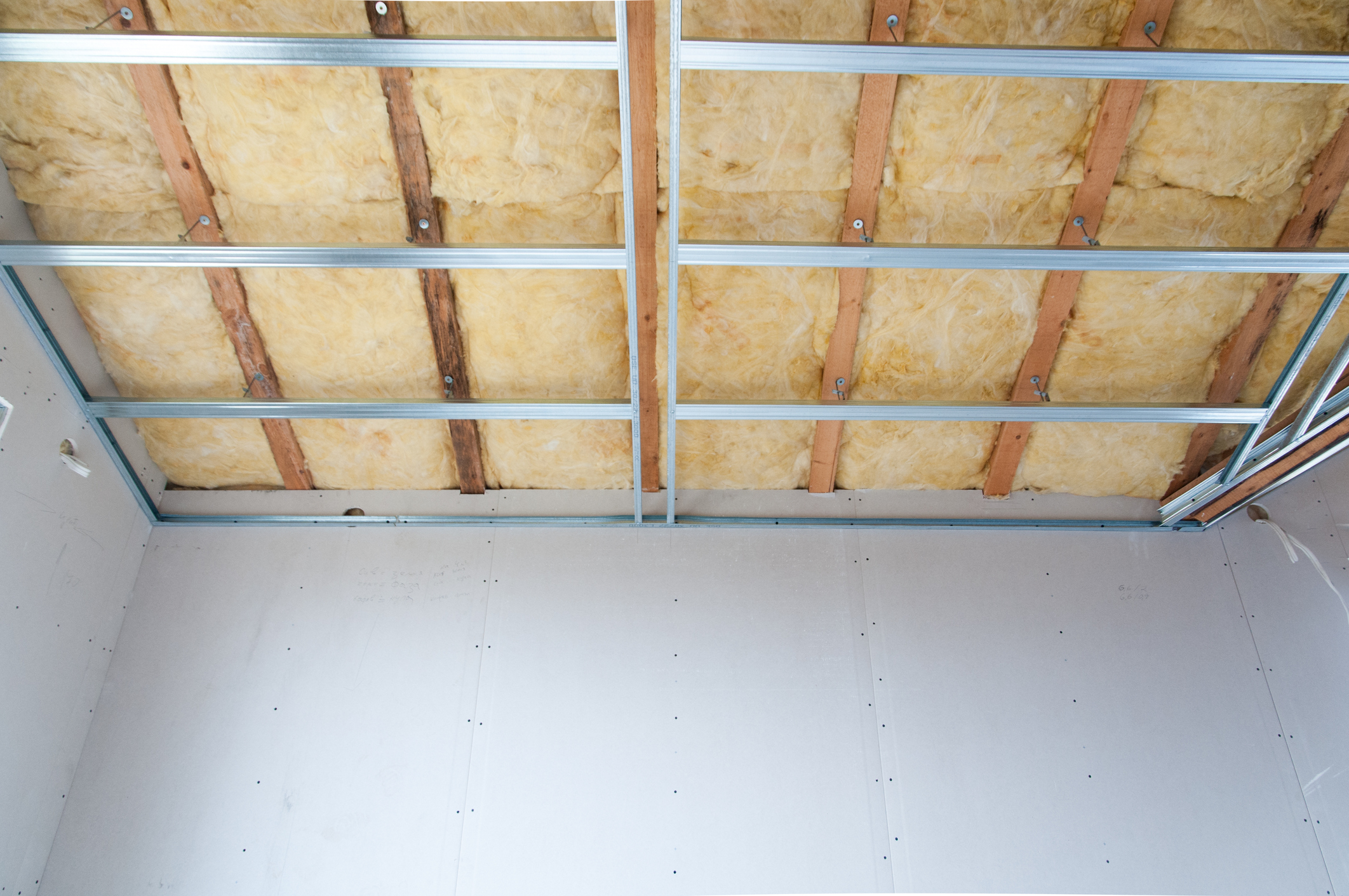Introduction: Why Ceiling Soundproofing Matters
Living in New York City means dealing with noise — from footsteps overhead, music coming through the floors, conversations echoing, or apartment neighbors above. A well-designed soundproof ceiling in NYC can dramatically reduce these unwanted disturbances and transform your space into a quieter, more comfortable haven. Because NYC apartments and buildings often have thin floor-ceiling assemblies and shared walls, effective ceiling soundproofing becomes essential for privacy, sleep, and daily comfort.
This guide will help you understand the best ways to plan and install a soundproof ceiling in NYC apartments. We’ll explore how sound travels through ceilings, proven methods to block and absorb noise, retrofit vs new-construction approaches, and best practices tailored to the New York City context.
We’ll explore how sound travels through ceilings, the most effective methods for soundproofing, the differences between retrofitting and new construction, and the best practices that ensure results. By the end, you’ll have a clear understanding of how to design or upgrade a ceiling to keep noise out — or in.
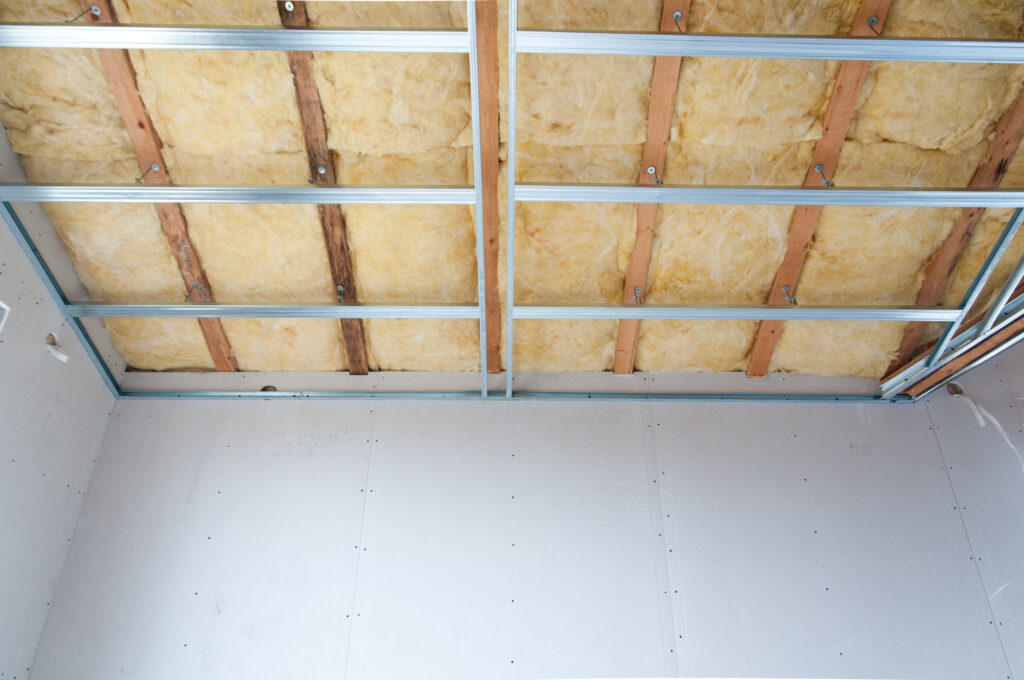
How Sound Travels Through Ceilings
To understand how soundproofing works, it’s important to first understand how noise makes its way through ceilings.
There are two main categories of noise that travel between floors:
- Airborne Noise
This type of sound originates in the air and includes voices, television, music, or a barking dog. Airborne sound moves freely until it hits a barrier, such as a ceiling. Standard drywall and insulation can slow it down, but because sound waves are flexible, they often pass through gaps, cracks, or lightweight materials with ease. - Impact Noise
Impact noise is created when an object physically strikes or vibrates a surface. Common examples include footsteps, dropped items, or a chair being dragged across the floor. Unlike airborne sound, impact noise travels through solid structures, such as joists and flooring, and is often harder to block because it moves as vibration.
A typical ceiling does not account for either of these noise types. Joists conduct vibration, drywall is relatively thin, and penetrations such as recessed lighting or HVAC ducts act as open pathways. Understanding these differences is critical when designing a soundproof ceiling in NYC, where both airborne and impact noise are common in apartments.
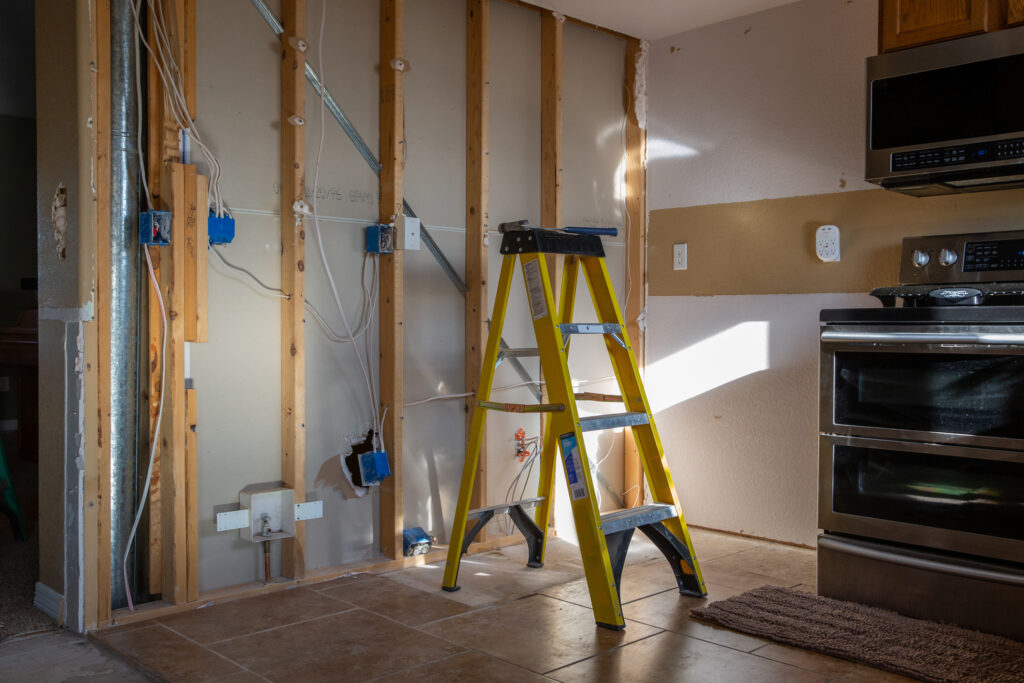
Methods of Building a Soundproof Ceiling in NYC
There are multiple approaches to building a soundproof ceiling in NYC, depending on building codes and apartment layouts. No single material can fully soundproof a ceiling. Instead, effective noise control requires combining methods that work together. Below are the most reliable strategies used by builders, general contractors, and acoustic specialists.
1. Adding Mass
The heavier and denser a barrier is, the harder it is for sound waves to pass through. This principle makes adding mass one of the simplest ways to improve soundproofing.
- Double Drywall: Installing an additional layer of drywall increases density and reduces sound transmission. Thicker drywall (5/8”) works better than thinner sheets.
- Mass Loaded Vinyl (MLV): This flexible but dense sheet can be layered between drywall or installed over joists. MLV adds significant weight without taking up space, making it a popular choice in both homes and professional studios.
2. Decoupling Structures
Noise travels most efficiently when two surfaces are directly connected. Decoupling separates these surfaces so vibrations cannot move as easily.
- Resilient Channels: Thin metal strips installed between drywall and joists. They allow drywall to “float,” reducing direct vibration transfer.
- Sound Isolation Clips: A more advanced system that suspends drywall from joists using clips and furring channels, offering superior decoupling compared to standard channels.
3. Absorbing Sound with Insulation
While insulation alone won’t stop impact noise, it is highly effective at reducing airborne sound. Placed between ceiling joists, insulation absorbs sound waves and prevents them from bouncing freely.
- Fiberglass Batts: Affordable and widely available, fiberglass reduces mid-to-high frequency noise.
- Mineral Wool (Rockwool): Denser and more effective than fiberglass, mineral wool also offers fire resistance and better low-frequency absorption.
- Cellulose Insulation: Made from recycled materials, cellulose provides some noise control and is often blown into cavities for retrofits.
4. Damping Vibrations
Damping products reduce the ability of materials to vibrate, essentially “quieting” sound energy as it moves.
- Green Glue Compound: Applied between two layers of drywall, Green Glue dissipates vibration energy and significantly improves overall soundproofing.
- Pre-Damped Drywall (e.g., QuietRock): Manufactured with damping layers already built in, these drywall products provide high performance with less installation labor.
5. Suspended Acoustic Panels
When structural changes aren’t possible, suspended acoustic panels offer a flexible solution. These panels hang slightly below the ceiling, creating a surface that absorbs sound waves and reduces echo.
They are widely used in offices, gyms, classrooms, and apartments because they improve acoustics while also addressing noise transmission. Panels come in various shapes, sizes, and finishes, allowing you to combine soundproofing with design.
➡️ See our dedicated page on
They are widely used in offices, gyms, classrooms, and apartments because they improve acoustics while also addressing noise transmission. Panels come in various shapes, sizes, and finishes, allowing you to combine soundproofing with design.
➡️ See our dedicated page on Apartment Renovation General Contractors in NYC
6. Special Cases: Basements and Apartments
- Basements: Exposed pipes, ducts, and low ceilings make basement soundproofing unique. Insulation combined with resilient channels is a common approach. Covering mechanical systems with acoustic wraps can further improve results.
➡️ Learn more in our guide on the Best Insulation for Soundproofing Basement Ceiling. - Apartments: Renters often cannot alter the structure of a ceiling. In these cases, removable options such as acoustic panels, drop ceilings, or even thick fabric treatments can provide noticeable improvement. Many renters choose removable solutions when seeking a soundproof ceiling in NYC apartments without major construction.
➡️ Explore strategies in Soundproofing Existing Ceiling.
Retrofitting vs. New Construction: Choosing the Right Soundproof Ceiling in NYC
Retrofitting an Existing Ceiling
Most people face the challenge of reducing noise in ceilings that are already built. While options are somewhat limited, retrofits can still deliver impressive results.
- Adding a second layer of drywall with damping compound.
- Installing resilient channels or isolation clips below existing joists.
- Filling cavities with mineral wool or fiberglass insulation.
- Using decorative but functional acoustic panels for additional absorption.
These upgrades can be performed without removing the entire ceiling, making them practical for apartments and older homes.
New Construction or Major Renovations
The best time to achieve maximum noise reduction is during the construction phase or a full remodel. Builders have the flexibility to integrate soundproofing systems from the start:
- Staggered or double-stud framing to break sound paths.
- Multiple layers of drywall with damping compounds.
- Comprehensive insulation combined with resilient channels.
Because everything is accessible, soundproofing can be integrated more seamlessly and effectively in new builds.
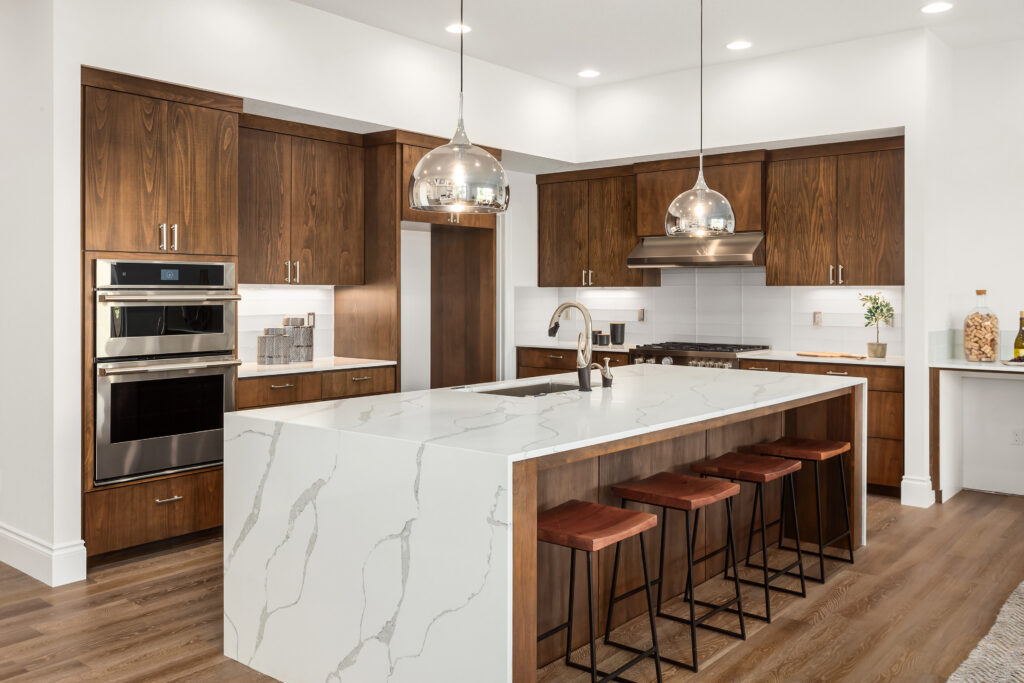
Best Practices for Installing a Soundproof Ceiling in NYC
Soundproofing requires attention to detail. Even small gaps or shortcuts can undo much of your effort.
Best Practices
- Seal Every Gap: Use acoustic caulk around lights, vents, and edges. Even tiny holes let sound leak through.
- Layer Materials: Combine mass, insulation, and damping for maximum effectiveness.
- Treat Impact and Airborne Noise: Focus on both vibration control and sound absorption.
Common Mistakes
- Relying on Insulation Alone: Insulation reduces airborne noise but does little for impact noise.
- Skipping Sealing: Leaving cracks around the perimeter or unsealed fixtures allows noise to bypass barriers.
- Overlooking Joists: Direct connections between joists and drywall can still transmit vibrations even with added mass.
The Benefits of a Soundproof Ceiling in NYC
Soundproofing is about more than just blocking unwanted noise. A properly treated ceiling brings a wide range of benefits:
- Improved Sleep: Bedrooms shielded from footsteps and voices above make it easier to rest.
- Better Focus: Home offices become quieter, allowing for greater concentration and productivity.
- Enhanced Entertainment: Home theaters and music rooms benefit from improved acoustics and reduced outside noise.
- Greater Privacy: Conversations stay within the room, reducing the chance of being overheard.
- Energy Efficiency: Many soundproofing materials also improve insulation, helping regulate temperature.
Conclusion: Building a Quieter Future
A soundproof ceiling is not achieved through a single material or quick fix — it requires a layered strategy that blocks airborne sound, absorbs vibrations, and isolates structures. By combining methods such as added mass, insulation, damping, and decoupling, you can transform a noisy room into a peaceful retreat.
Whether you’re upgrading an existing apartment or planning a new build, a soundproof ceiling in NYC offers lasting comfort and privacy. It provides comfort, privacy, and long-lasting quality of life benefits.
Continue learning with our focused guides:
- Soundproofing Existing Ceiling
- Suspended Acoustic Panels
- Best Insulation for Soundproofing Basement Ceiling
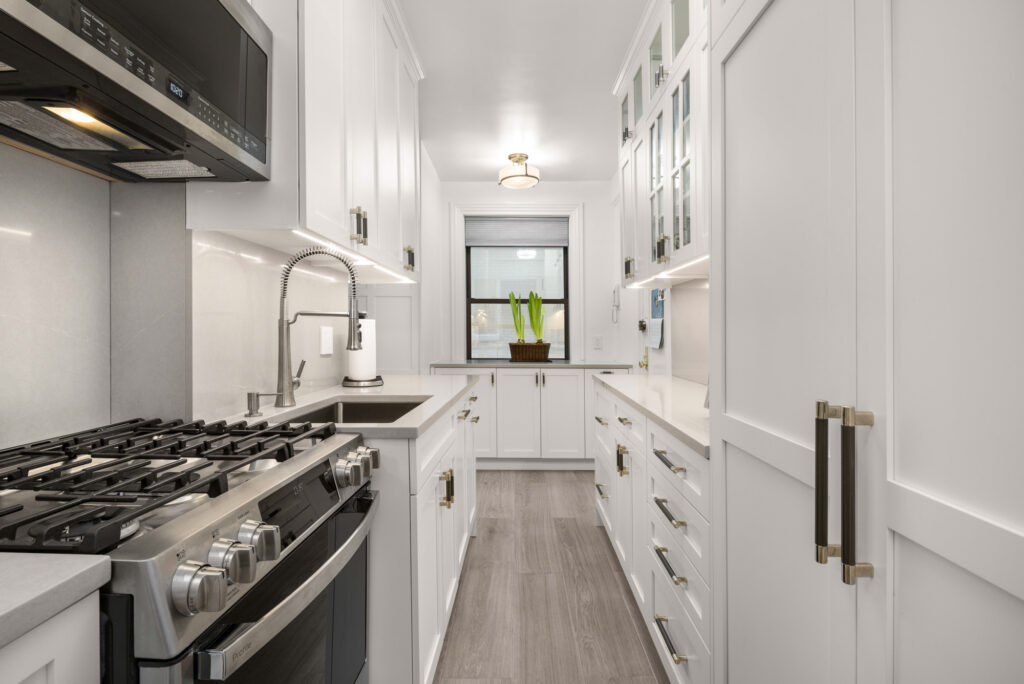
FAQs: Common Questions About Soundproof Ceilings
Can you soundproof a ceiling without removing it?
Yes. While results won’t be as strong as a full rebuild, you can add acoustic panels, apply additional drywall layers with damping compounds, or install a suspended ceiling system.
What is the easiest way to reduce noise from upstairs?
For renters or quick solutions, acoustic panels or a drop ceiling are often the most practical. Adding rugs or carpets upstairs can also reduce impact noise.
Does insulation really make a difference in ceilings?
Insulation is highly effective against airborne sound, such as voices and music. For impact noise, insulation should be combined with other techniques like resilient channels.
Are soundproof ceilings also fire-resistant?
Many soundproofing materials, such as mineral wool, are naturally fire-resistant, offering both safety and noise reduction benefits.
What is the difference between soundproofing and sound absorption?
Soundproofing blocks sound from entering or leaving a room, while sound absorption reduces echo and improves acoustic quality inside the room. An ideal ceiling system balances both.

